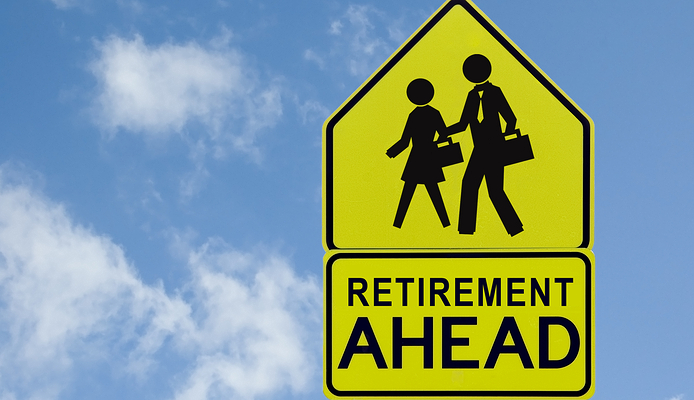
Written By: Terence J. Shepherd, BusinessExit.com
From the baby years of diapers, baby furniture and toys, through childhood needs for bicycles, school clothes and new school facilities, to young adulthood demands of automobiles, college enrollment and new home construction, each age cycle brought new demands and new business opportunities. In the aftermath of their wake however, they also leave a trail of excess supply, as the generation that follows them is significantly smaller.
Kenneth Gronbach in his book The Age Curve, points out numerous examples of this change in demand. One example he points out, is the 10 to 15 percent public school closings resulting from the dramatic drop off in enrollment compared with the boomers. Another example he gave had to do with his personal experience with Honda motorcycles (which also affected the industry as a whole) and how through a six year time period from 1986 to 1992 there was an 80% drop in revenues as a result of the steep drop off in population between the two generations.
He described it as, “someone turning off the faucet and we didn’t know who or why.” Upon subsequent research, he found out the underlying cause and he repeatedly states his finding in his book. His premise is simple; “when a large generation, such as the Boomers leaves the market and is replaced by a smaller generation, such as GenXer’s, sales are going to drop.”
The intention of his book was to convince readers to recognize this, believe it and most importantly, put this knowledge to use. In other words, to do something about it!
So it is with his warning that I want to reach out to the Boomer Business Owners (BBO). As with every cycle before, BBO’s will all be heading to the exit gate from their business at the relative same time. Think about it! There will be lots of sellers hitting the marketplace at the same time, with a small pool of potential buyers from the generation that follows.
On the surface, what does this mean? At worst, there will be a lot of businesses that won’t find buyers and will simply close by liquidating their assets. And those fortunate to find a buyer, without further action, will undoubtedly receive a value far less than they expect or would have otherwise received, if there was greater demand or their business was highly differentiated.
Baby boomers have rewritten the rules at every stage of their lives. They will rewrite the rules of retirement as well. The McKinsey Quarterly, 2007
You’ve heard the warning and the question now becomes, in the words of Mr. Gronbach, “how will you put this knowledge to use?” With proper planning and a sufficient timeline to execute a plan, you can identify the ideal buyer group that will best meet your personal objectives, your business can stand out from the crowd and you can demand a higher sales value.
Sadly, few business owners are paying attention to the upcoming marketplace dynamics. Currently, there is very little formal exit planning by BBO’s. In my company’s survey in 2008, only 9% of respondents had a formal written plan and in our follow up survey in 2011, 14% of respondents reported they had one. This range in our two surveys is fairly consistent with other surveys in the market place. In short, very little planning is underway.
Unlike what many business owners think, that one day when they decide to exit, they’ll simply list it for sale or pass it onto family and be on their way, it involves much more to exit successfully. And similar to your retirement and other investments, the longer the time period you have to plan and execute, the better the results. At a minimum, for a successful exit or transition, planning is a 2 to 5 year time period.
Keep in mind, time is needed to build a management team, transfer management knowledge and responsibilities, build the business’ value to meet personal objectives and to get the business owner ready for life after the business. Depression in the first three years of retirement is over 60%, so personal planning is also crucial in the process to determine what will replace both the time and the fulfillment the business brought to the owner.
Lastly, proper planning also needs to consider the timeline it takes to market and close a business’s sale. In a 2012 study of the Lower Middle Market (Values $2M to $50M) which was published in 2013, MarketPulse reported that it took eight months to two years for a business sale deal to close.
With that report came this warning from Kevin Dempsey, principal of Summa Financial Group and chairman of M&A Source: “Companies in the lower middle market really need to be proactive in their planning. Burnout and family issues are leading reasons these owners sell, but when it takes a year or more to sell a company, you don’t want to be reacting to negative triggers – especially as buyers put the most value on your last 12 months of business performance.”
Heed Mr. Gronbach’s warning. With Boomers, there have always been peaks followed by valleys. Know that there is not necessarily going to be a robust marketplace waiting for your company when you decide to sell, so plan accordingly. It will make all the difference in the world to either being a winner or being a loser when you’re cashing out from all of those years of hard work. You’ve been warned; the rest is up to you.
© BusinessExit.com, LLC. All Rights Reserved.
Website Design by IWD Marketing.